Exploring the connection between ocean seeding, philopatry and sterilization
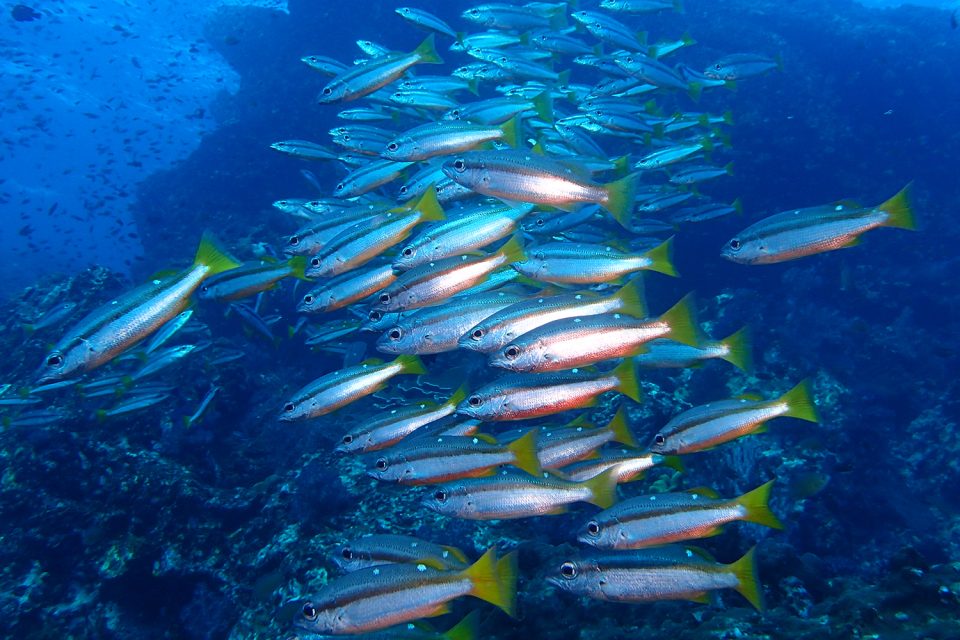
Scientists have long been sounding the alarm about the exploitation and depletion of fish stocks. Some say that numbers are decreasing with ocean warming, while others point to overfishing and how fish are being caught at rates that exceed their capacity to replenish.
However, scientists at the Oceaneos Marine Research Foundation in Canada say that a decline in plankton could be another, lesser-known cause of depleting fish stocks. They say that phytoplankton, which fish feed on, is declining constantly at a rate of 1 percent a year, meaning less food for fish. But there may be a solution – restoring plankton by adding missing nutrients such as iron to depleted areas in the ocean, a process known as ocean seeding.
“We would see more fish because they would have more to eat, and there would be less juvenile die-off, improving harvests and food security,” Jason McNamee of Oceaneos told the Advocate. “However, when you add iron particles, they oxidize very quickly and are not very biologically available, so we are currently investigating ways to prevent oxidation.”
Iron is a vital component of marine life, particularly in pathways that enable photosynthesis to occur, according to Dr. Jonathan Lauderdale of the Massachusetts Institute of Technology (MIT). Only small concentrations are needed, but oxygenated seawater can strongly limit the concentrations of dissolved iron that marine microbes have access to, with the excess being rapidly lost by precipitation or by attaching to sinking particles that remove iron from the ocean’s upper layers. Large areas of the ocean, particularly those where deep waters upwell to the surface such as the Southern Ocean, Equatorial Pacific and North Pacific, have lots of available nitrate and phosphate (macronutrients), but do not have very large phytoplankton populations. Incubation experiments done in these waters show that the addition of iron does stimulate phytoplankton growth.
Scientists have suggested seeding the oceans with iron as a way to tap into the potential of those macronutrients to stimulate phytoplankton growth, says Lauderdale. Indeed, ocean iron fertilization experiments do generate blooms of phytoplankton, in some cases visible from space, but the fate of the organic material generated is still unclear.
“The downstream consequences of changing nutrient balances in different ocean regions by seeding one region with significant quantities of iron is going to be hard to monitor and verify because of relatively long timescales of ocean connections and large interannual variability,” said Lauderdale. “How will we know if iron seeding to sustain fish stocks in one place is not adversely affecting fisheries in another? In addition, not all sources of iron are delivered to the ocean in equal forms, as the chemistry of iron affects its bioavailability.”
By consuming carbon dioxide from the atmosphere as they photosynthesize, phytoplankton also keep atmospheric carbon levels in check, so seeding the oceans with iron could be a simple, inexpensive solution to climate change. However, a study by Lauderdale suggests that adding more iron to the oceans may not have a significant impact. By studying the interactions between phytoplankton, iron and other nutrients that help phytoplankton grow, Lauderdale and his colleagues say that on a global scale, the oceans already contain a sufficient level of iron to support the balance of nutrients. Meanwhile, with concerns raised more recently over the growing and sinking of kelp to sequester additional tons of carbon dioxide, questions surrounding the feasibility of ocean seeding still remain.
Is a Japanese volcano offering us a sneak preview of ocean acidification?
Could blue corridors help rebuild fish populations?
Meanwhile, Veronica Relano, a Ph.D. researcher at Sea Around Us, a research initiative at the University of British Columbia, says that philopatry – the tendency for animals to return to their natal site to produce offspring – is a pivotal piece of the puzzle in rebuilding diminished fish populations.
Relano and her team combined philopatry with existing literature on satellite and conventional tagging and genomic studies on large pelagic species migration. They identified areas of the Pacific that are part of the inferred migration routes of 11 multiple species, from skipjack and yellowfin to albacore and striped marlin, leading to a discussion of possible “blue corridors” that would protect these species’ migration routes and stocks. The species were chosen for being the most exploited in the high seas and in the EEZs of countries with coastlines in the Pacific between 1950 and 2018.
Based on the study results and a final map that was obtained, the best-case scenario consists of two large bands in the North Pacific and South Pacific. In the North Pacific, a protected blue corridor would run from Baja California to the Federated States of Micronesia all the way down and along the equator. In the South Pacific, a blue corridor would run roughly from the Pitcairn Islands to eastern Australia and all the way up to and along the equator.
“Blue corridors work in the same way as Marine Protected Areas (MPAs) or any other marine conservation tool,” said Relano. “Their effectiveness will depend on many factors but especially on the protection level and the activities that you allow inside them, especially industrial fishing, which is one of the most threatening activities for our marine ecosystems, in particular bottom trawling. The design and implementation of blue corridors in the Pacific will require various government and non-government entities, as well as local actors, to cooperate. Our contribution with this research is a review and interpretation in light of the philopatry of 11 exploited species. We hope to contribute to a discussion about their long-term protection through MPAs, blue corridors or other space-based management measures.”
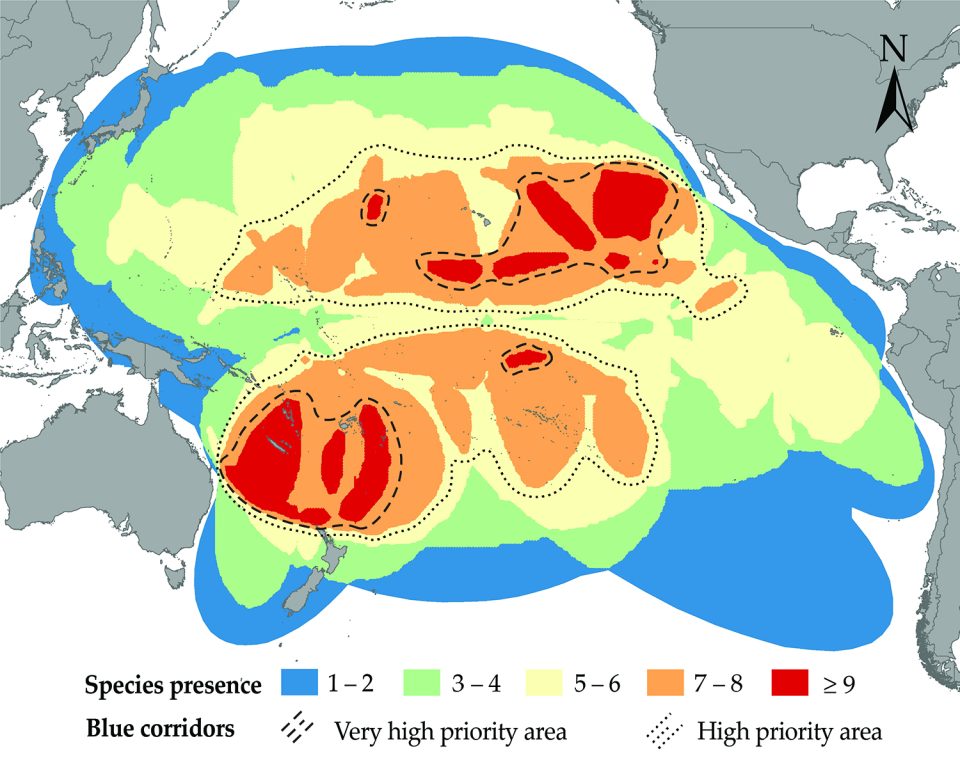
Sterilization as a strategy
While some scientists are working to restore populations in the wild, others are looking at protecting existing ones. In Norway, molecular biologist Anna Wargelius of the Institute of Marine Research is inducing sterility in farmed Atlantic salmon to prevent escaped fish from interbreeding with their wild counterparts. Salmon farming is the second-largest industry in Norway. However, the risk of escape is high, which poses a problem for the farms and potentially salmon populations in the wild.
Wargelius and her team induce sterility by removing a protein that is essential for the formation of germ cells. The first generation of germ cell-less, sterile fish produced by Wargelius and her team live in indoor facilities, so any behavioral changes won’t be clear until they are transferred to offshore pens. But Wargelius believes that they will perform just as well as, if not better than, non-sterile fish. This is because they do not produce sex steroids and therefore do not suffer from welfare issues associated with puberty, such as higher disease susceptibility and osmoregulatory problems.
“In indoor facilities, conditions are very stable so the fish do well, but we have never put them in offshore pens before,” said Wargelius. “Our next step is for the fish to produce sterile offspring that can be moved out to sea. Then we will see whether their physiology fits in an aquaculture setting. Because they won’t have germ cells in their gonads, if there are any escapes, we don’t expect them to display aggressive behavior, compete with wild fish in breeding grounds or move back into rivers to spawn.”
The Institute of Marine Research has also been investigating triploidization and vaccines to sterilize salmon. The production of triploids has had to stop in Norway due to welfare issues, but researchers can still use them in experiments to investigate how they act in breeding grounds. Although it could be years before genetically modified salmon are produced, Wargelius’ work may solve one of the most pressing issues facing salmon aquaculture.
How data from remotely operated and autonomous underwater vehicles inform fisheries management
Better governance and enforcement are key
Fish and other seafood must be carefully managed to ensure that stocks aren’t over-exploited and that fish farms aren’t negatively impacting them. Relano says that fishing less and establishing highly or fully protected MPAs that sustain healthy marine ecosystems and local communities must be done with adequate planning, design, a co-management apparatus and long-term enforcement tools. Subsidies should also be redirected away from exploitation toward better utilization of the fish.
“In this way, you can get more out of the fish, and more money if they are treated and handled like the precious commodity that they are,” she said. “In many developing countries, the fish are thrown on the sand of a beach, but benches or concrete tables, where the fish could be handled properly and with dignity, would add quality and enable them to be sold for more money. This kind of measure should be provided to support small-scale fishers. Better governance and enforcement will also be key.”
“While I admire the ingenuity of many solutions to issues resulting from climate changes, I think the most effective way to safeguard threatened fish species is to reduce or eliminate the anthropogenic emissions that cause warming and negative habitat changes, which affect population levels in the first place,” said Lauderdale.
Follow the Advocate on Twitter @GSA_Advocate
Now that you've reached the end of the article ...
… please consider supporting GSA’s mission to advance responsible seafood practices through education, advocacy and third-party assurances. The Advocate aims to document the evolution of responsible seafood practices and share the expansive knowledge of our vast network of contributors.
By becoming a Global Seafood Alliance member, you’re ensuring that all of the pre-competitive work we do through member benefits, resources and events can continue. Individual membership costs just $50 a year.
Not a GSA member? Join us.
Author
-

Bonnie Waycott
Correspondent Bonnie Waycott became interested in marine life after learning to snorkel on the Sea of Japan coast near her mother’s hometown. She specializes in aquaculture and fisheries with a particular focus on Japan, and has a keen interest in Tohoku’s aquaculture recovery following the 2011 Great East Japan Earthquake and Tsunami.
Tagged With
Related Posts
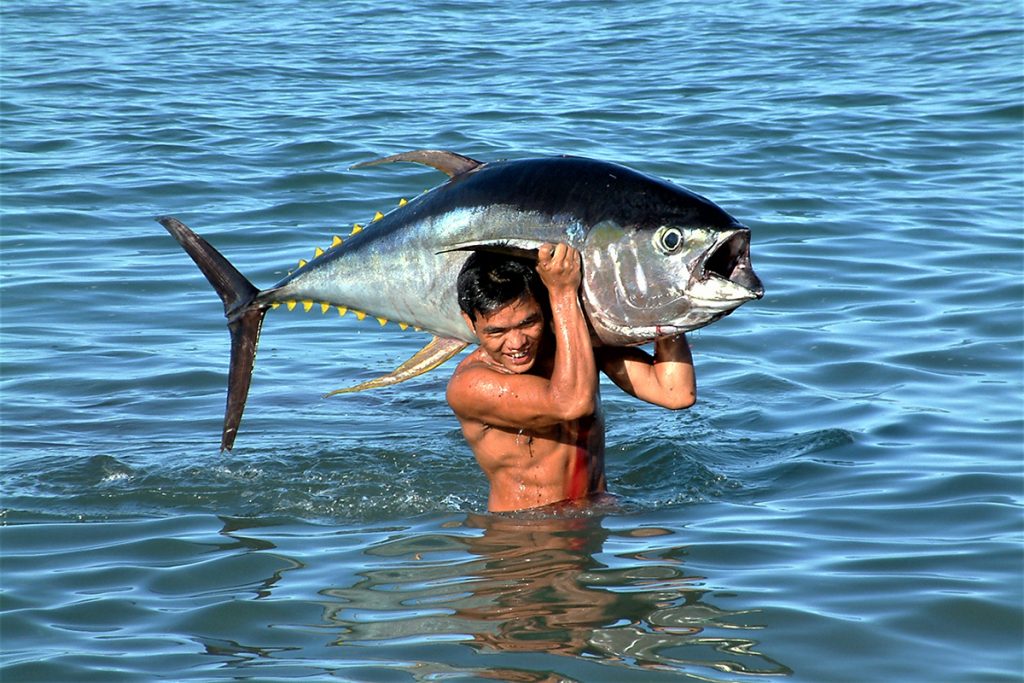
Responsibility
Protection and conservation of seafood security, marine biodiversity and threatened species
Study argues for the protection of 30 percent of the world’s oceans by 2030 to conserve biodiversity, avoid extinctions and maintain food security.
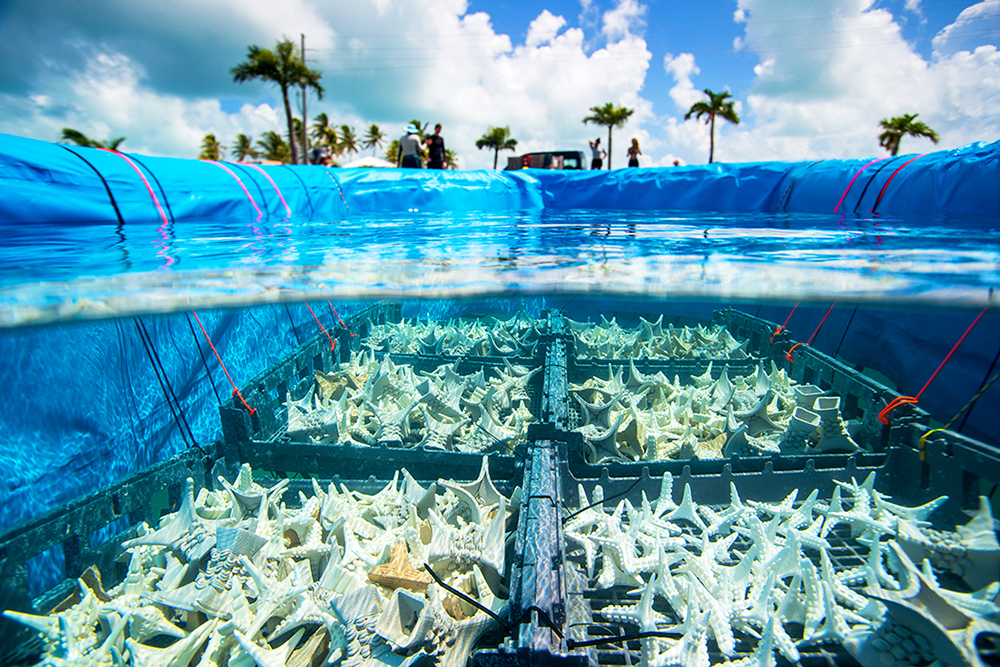
Responsibility
A wider view: Conservation aquaculture anchors coral reef restoration
Half a billion people depend on coral reefs for food, income, coastal protection and more. The need to protect and restore their biodiversity is urgent.
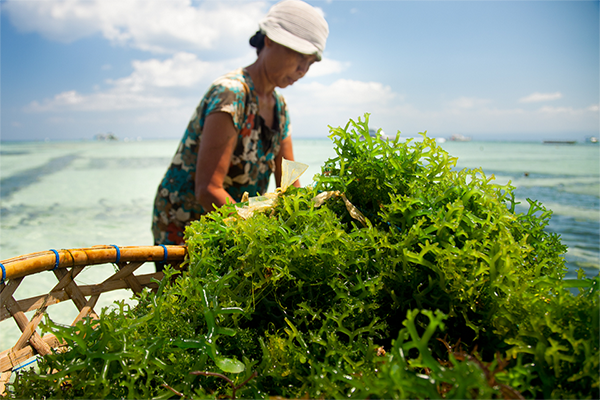
Intelligence
A seat at the table: Fed By Blue team says aquaculture needs a stronger voice
In Fed By Blue, star power and a women-led production team aim to prop up farmed seafood with a focus on the message: Blue foods are the future.
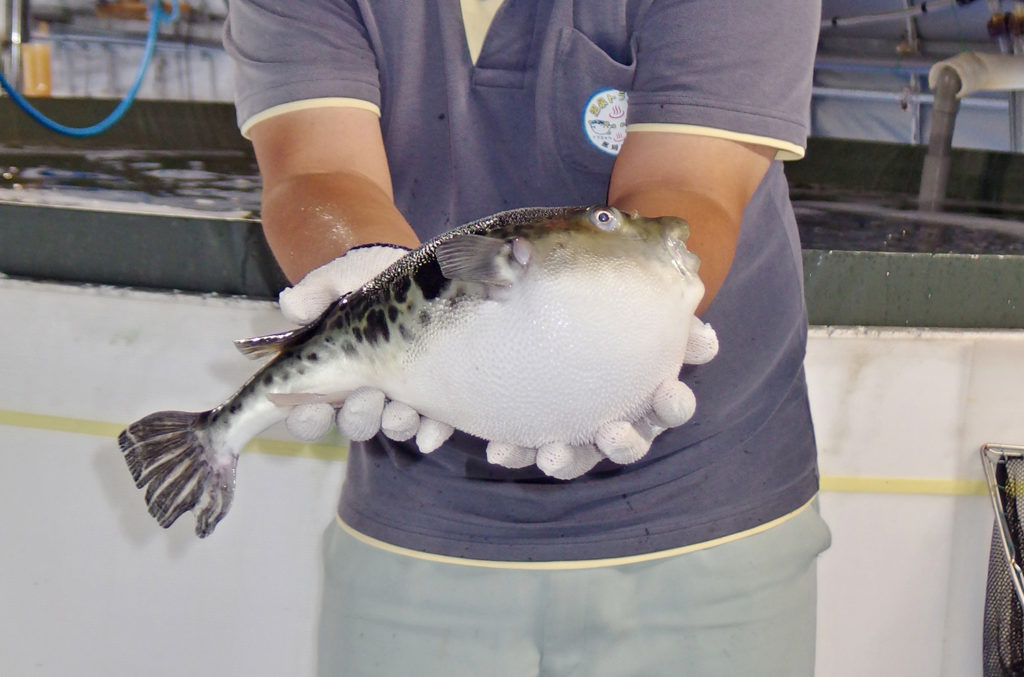
Intelligence
In Japan, tiger puffers find themselves in hot water
A technique to farm tiger puffers in hot spring water was invented to revitalize the town of Nasu-karasuyama and is now spreading to other areas of Japan.


